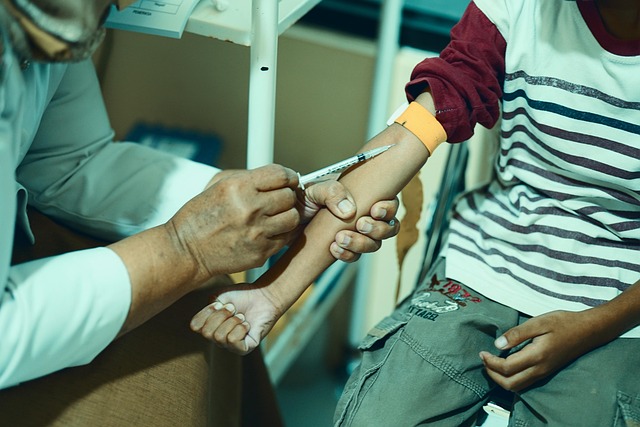Over the last 50 years, routine childhood vaccines have saved an estimated 154 million young lives worldwide, according to a comprehensive study published in The Lancet. The success is largely credited to the World Health Organization’s Expanded Programme on Immunization, which has reached over 4 billion children globally. Despite this historic achievement, recent data shows a troubling slowdown in vaccination efforts—raising the risk of a resurgence in diseases once nearly eradicated.
The study highlights a 75% decrease in the number of “zero-dose” children—infants under one year old who haven’t received any dose of the diphtheria-tetanus-pertussis (DTP) vaccine—from 1980 to 2023. These reductions demonstrate how widespread vaccine access has positively transformed global health.
Researchers emphasize that childhood immunization is one of the most cost-effective health interventions, yielding returns of up to 44 times the initial investment. Vaccines have played a key role in reducing illnesses and deaths from preventable diseases such as polio, measles, tuberculosis, and pertussis.
A Concerning Decline in Progress
Despite these gains, vaccination efforts have slowed in many areas, particularly since 2010. The study revealed declines in at least one vaccine type in 21 out of 36 high-income countries. Globally, more than 100 countries reported a reduction in routine childhood immunizations during the 2010–2019 period, according to Gavi, The Vaccine Alliance.
These setbacks have led to resurgences of diseases like yellow fever, diphtheria, and polio—many of which had seen significant declines in previous decades. The COVID-19 pandemic worsened the situation, as lockdowns and fear of healthcare visits led to a spike in zero-dose children, peaking at 18.6 million in 2021 before falling to 15.7 million by 2023.
Barriers Beyond the Pandemic
While COVID-19 played a major role in slowing vaccinations, other global challenges continue to threaten immunization programs. Armed conflict, political instability, climate change, forced migration, and vaccine misinformation have all posed significant barriers. In fact, the World Health Organization classified vaccine misinformation as one of the top threats to global health back in 2019.
Adding to the concern, recent political shifts have introduced policies that could jeopardize vaccination progress. In the United States, proposed budget cuts from the current administration aim to defund international vaccine programs and shut down global CDC units responsible for campaigns against measles, polio, and other preventable illnesses. Funding for Gavi could also be eliminated.
Compounding the issue, controversial figures have taken leadership roles in US public health agencies. Vaccine skeptic Robert F. Kennedy Jr., now heading Health and Human Services, has questioned vaccine safety and removed the existing CDC vaccine advisory board, replacing them with individuals accused of spreading misinformation.
The Road Ahead
Despite these challenges, the study’s authors stress that the majority of unvaccinated children live in just eight countries: Nigeria, India, Congo, Ethiopia, Somalia, Sudan, Indonesia, and Brazil. This means that with targeted outreach and continued investment, the global community can still achieve WHO’s goal of 90% vaccine coverage by 2030.
According to Dr. Jonathan Mosser of the University of Washington’s Institute for Health Metrics and Evaluation, “Millions of children remain under- or unvaccinated. Tailored solutions based on each country’s specific barriers are key to reversing the current trend.”
To maintain and build on five decades of progress, experts urge renewed commitment, accurate information sharing, and equitable vaccine access—especially in the face of growing misinformation and global instability.




